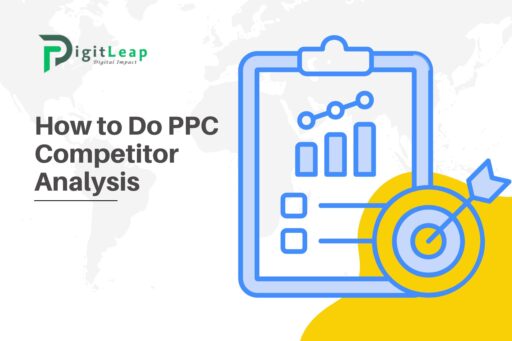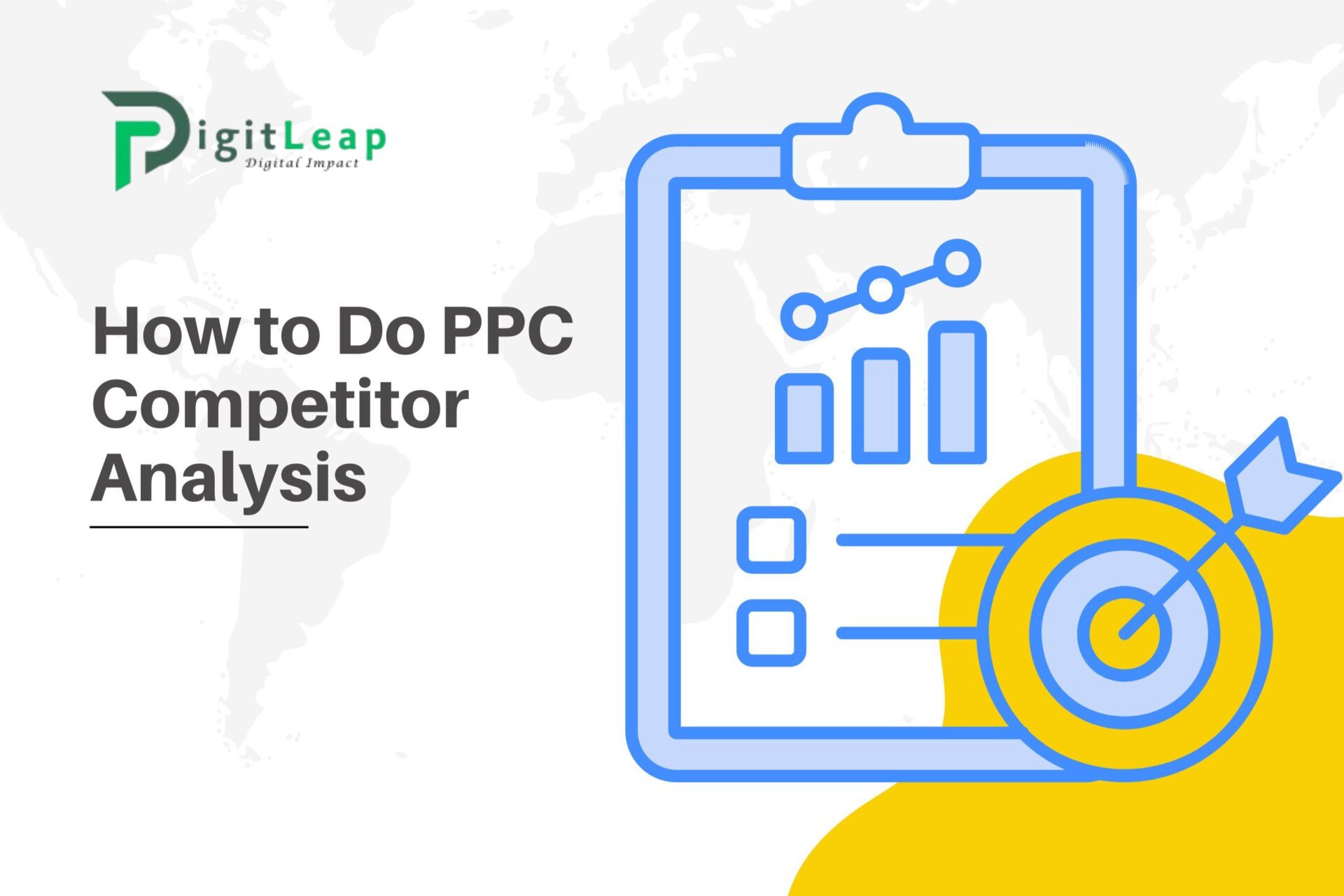How to Do PPC Competitor Analysis
Running a successful PPC (Pay-Per-Click) campaign involves much more than just setting up ads and hoping for the best. One of the most effective ways to improve your PPC strategy is through competitor analysis. By understanding what your competitors are doing in their PPC campaigns, you can uncover opportunities to outperform them, learn from their successes (and mistakes), and refine your own approach.
If you’re wondering how to do PPC competitor analysis, don’t worry—it’s easier than it sounds. In this article, we’ll go over the steps to get started and give you practical tips for gathering the insights you need to outshine your competition.
1. Identify Your Competitors
The first step in any PPC competitor analysis is to figure out who your actual competitors are. This may seem obvious, but in the world of PPC, your competitors aren’t just the businesses you think about on a daily basis. They’re the companies that are bidding on the same keywords as you, which could include businesses outside of your immediate industry.
To identify your PPC competitors, start by searching for the keywords you are targeting. Take note of which businesses consistently show up in the top paid positions. You can also use tools like SEMrush, SpyFu, or Ahrefs to discover who’s bidding on the same keywords as you. These tools will show you which companies are appearing for specific keywords and even how much they might be spending.
2. Analyze Competitor Ad Copy and Messaging
Once you’ve identified your competitors, the next step is to analyze their ad copy. Pay attention to the language they’re using and how they’re positioning their products or services. Are they highlighting specific features or benefits? Do they have a unique selling proposition (USP) that stands out? What kind of offers or promotions are they pushing?
This analysis will help you understand what’s working for them and where there might be gaps in their messaging that you can exploit. For example, if all of your competitors are promoting discounts, maybe you can stand out by emphasizing quality, customer service, or a unique feature that no one else is talking about.
Additionally, look for patterns in their calls to action (CTAs). Are they driving people to “buy now,” “sign up,” or “get a free quote”? Knowing what motivates their audience can help you fine-tune your own CTAs for better conversion rates.
3. Evaluate Competitor Landing Pages
Ad copy is only one part of the equation. Once users click on an ad, they land on a webpage designed to convert them into customers. The quality of this landing page plays a massive role in whether or not the ad campaign is successful.
Visit your competitors’ landing pages to see what they’re doing right—and what they might be doing wrong. Here’s what to look for:
- Design and layout: Is the page easy to navigate? Is it visually appealing and mobile-friendly?
- Messaging consistency: Does the landing page align with the promise of the ad? If the ad is promoting a special offer, is it easy to find on the landing page?
- Conversion elements: What kinds of conversion tactics are they using? This might include forms, contact information, product details, and social proof like testimonials or reviews.
Understanding how competitors guide their users through the conversion process can give you ideas for optimizing your own landing pages.
4. Study Competitor Keywords
One of the most important aspects of PPC competitor analysis is studying which keywords your competitors are targeting. This is where you’ll get a lot of insight into their overall strategy and find new opportunities for your own campaigns.
Tools like Google Ads’ Keyword Planner, SEMrush, and SpyFu allow you to see the keywords your competitors are bidding on. This data will help you:
- Identify high-performing keywords that you might be missing.
- Discover long-tail keywords your competitors are ignoring, which could be valuable for you.
- Evaluate the competitiveness of certain keywords and whether they’re worth bidding on.
By analyzing the keyword strategy of your competitors, you can also adjust your own bidding strategy. For example, if a competitor is bidding heavily on a high-cost keyword that you’ve also been targeting, you may want to focus on lower-cost, high-conversion keywords instead.
5. Assess Competitor Ad Extensions
Ad extensions are extra pieces of information that you can add to your ads, such as phone numbers, links to specific pages, or product information. Google rewards ads that use extensions by making them more visible and often displaying them in higher positions.
Check out what ad extensions your competitors are using. Are they using sitelink extensions to promote specific products? Do they have call extensions to encourage users to get in touch directly? Are they using review extensions to showcase customer feedback?
By using similar (or even better) ad extensions, you can enhance your ads’ performance and make them more attractive to potential customers.
6. Monitor Competitor Budgets and Bidding Strategies
Understanding how much your competitors are spending on their PPC campaigns can provide valuable insight into their strategy. Tools like SEMrush and SpyFu can give you estimates of your competitors’ budgets, including how much they’re likely spending on particular keywords.
While it’s hard to know exact figures, getting a ballpark idea of their ad spend helps you determine how aggressive they are in certain areas. If you notice that a competitor is bidding heavily on a set of keywords, you might decide to either compete head-to-head or focus on lower-competition keywords that can deliver a better return on investment.
Additionally, keep an eye on bidding strategies. Are your competitors using manual bidding or automated bidding? Knowing their approach can help you fine-tune your own bidding methods.
7. Track Competitor Performance Over Time
Finally, it’s important to realize that PPC competitor analysis isn’t a one-time task. The digital marketing landscape is always changing, and your competitors are likely updating their strategies regularly. That’s why you should continually track and monitor their campaigns over time.
Set up regular intervals to check in on your competitors—whether that’s monthly or quarterly—and look for trends. Are they consistently bidding on the same keywords? Have they changed their ad copy or landing pages? Are they rolling out new promotions or offers?
By keeping tabs on these changes, you’ll be in a better position to react quickly and adjust your strategy before they gain an edge.
Conclusion
PPC competitor analysis is an essential part of running a successful paid advertising campaign. By identifying your competitors, analyzing their ad copy, studying their landing pages, and reviewing their keywords and strategies, you can find valuable insights that help you improve your own campaigns.
If you’re looking to take your PPC campaigns to the next level and need help with competitor analysis, DigitLeap is here to assist. We specialize in helping businesses analyze their competition and develop winning PPC strategies. Let us help you leap ahead of the competition!






